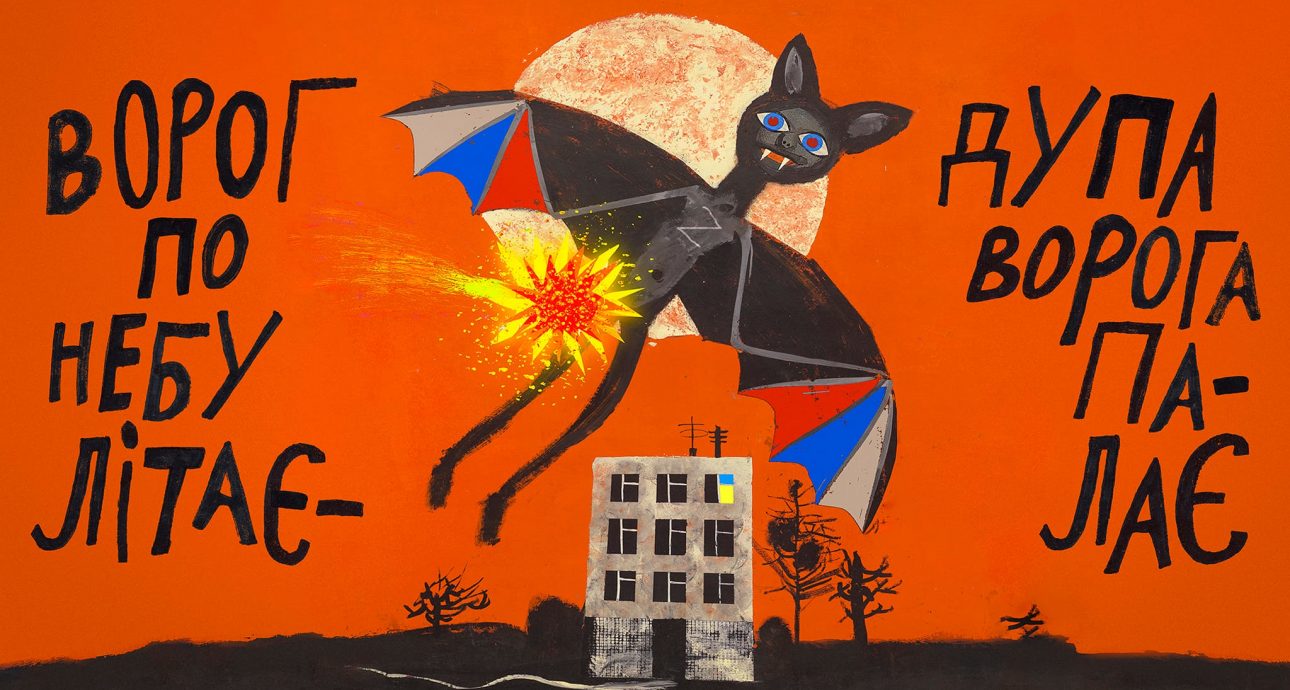
Child Art in Times of War: What Goes on in Art Studio Aza Nizi Maza in Kharkiv These Days
The studio’s name is a reference to 8½ by Federico Fellini, namely to the magical childish spell Aza-Nizi-Maza that helps the film’s protagonist, a director Guido Anselmi, overcome creative block.
For 10 years, Aza Nizi Maza has combined several lines of work: art studio focused on painting, graphics and sculpture; inclusive platform for artists with Down syndrome; art lecture hall; art books production, and hosting exhibitions throughout the country. During classes, students were not only taught various art techniques, but also introduced to the contemporary art. The aim was to stimulate and cultivate students’ imagination and help them develop their personal styles.
Just before the war, the studio ran a huge book project – a guide on the history of modern art «Ближче, ніж здається» (‘Closer Than It Seems’). In it, modern art was taught in game format, with each artist having their own rules. There was also a pop-up project about Lesia Ukrainka as a fashion icon of modern national art. Besides, the studio was also preparing an exhibition dedicated to Hryhory Skovoroda 300th anniversary, and a book project celebrating the centenary of The Berezil Theatre.
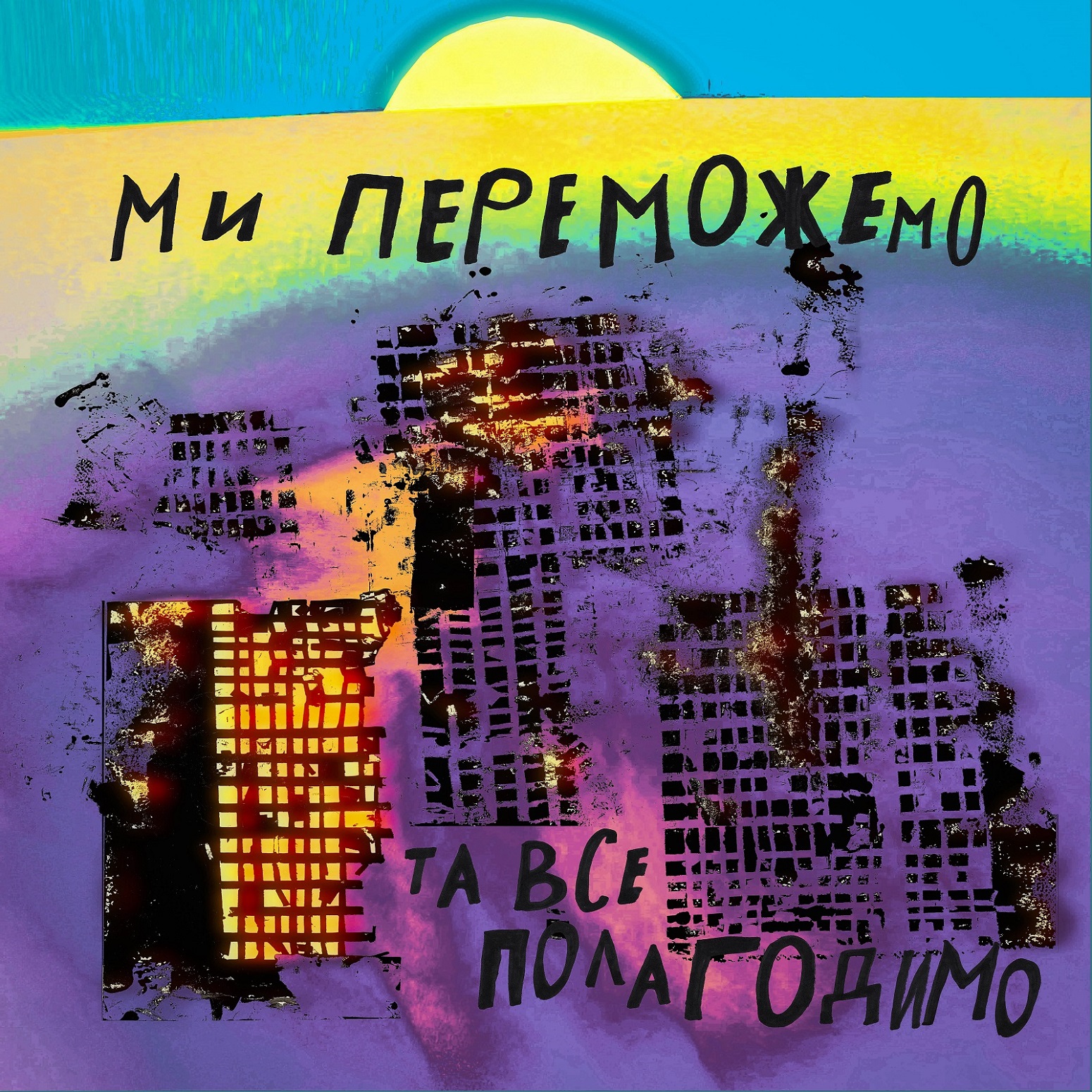
‘We’ll win and repair everything’
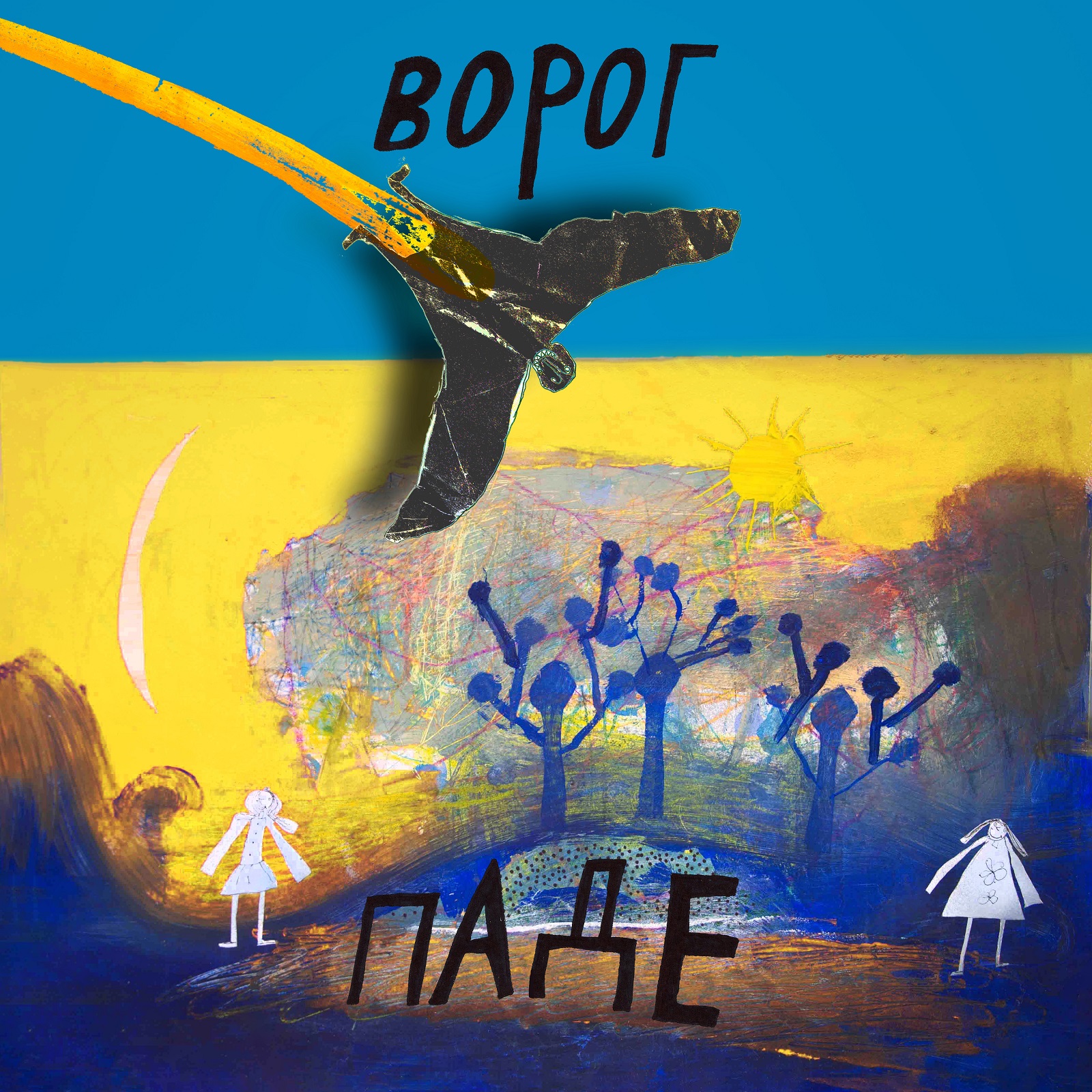
‘The enemy shall fall’
From the very first days of the war, the basement, where the Aza Nizi Maza studio is based now, became a shelter for many Kharkiv residents and their pets. Mykola says that he decided to stay in the city once he made sure his loved ones are in a safe place. “Aza Nizi Maza is in fact a museum of child art and paintings. We have an immense archive of the pieces of work collected over a span of 10 years that the studio is in operation. That’s why we didn’t leave the studio”, he explains.
Heavy shelling by Russian troops turned Kharkiv metro into some kind of safe space for the city’s residents. So at the end of March the studio decided to move classes underground. At one of the subway stations, the teachers have gathered a small group of children to help them quell anxiety through art. Now they are working on a common project about the new superheroes of our times. These will be gigantic figures of Warrior, Mother with children, Nurse, Volunteer, Communal services worker, and Rescuer.
One more project on which the studio is working during the war is a series of posters «Що я бачу» (‘What I See’). It is based on the works of children that were created in the workshop during the active phase of the Donbas War in 2014 – 2015. At the time, the studio was situated in another place, near the Russian consulate, and students could literally see all the tension on the streets of the city through their window. ‘Soon the fighting broke out and with it came the real threat of Kharkiv being occupied. Children did their best to reflect on what was going on around them’, recalls Mykola Kolomiets. The project resulted in a big exhibition.
The studio was situated near the Russian consulate, and students could literally see all the tension outside through their window
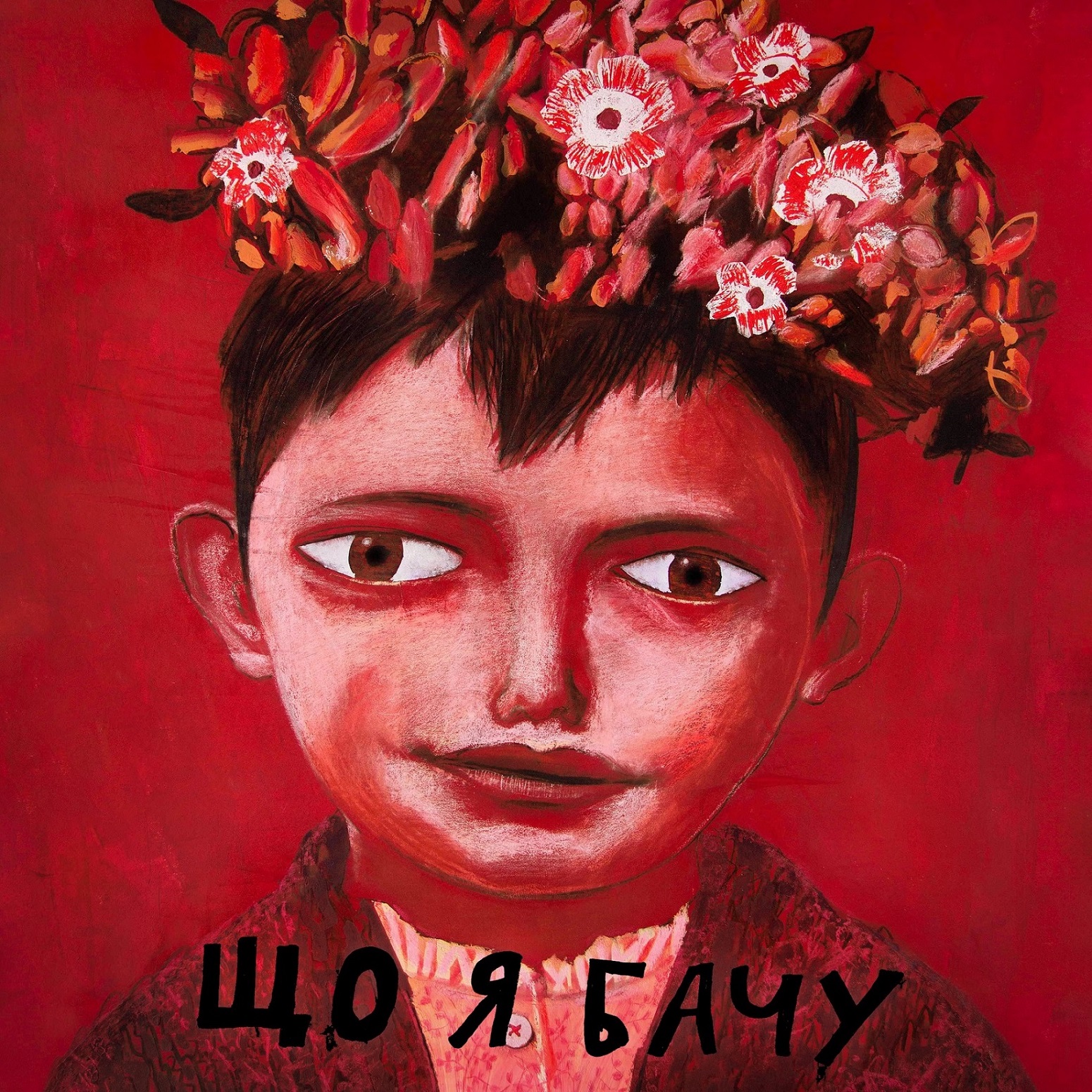
‘What I see’
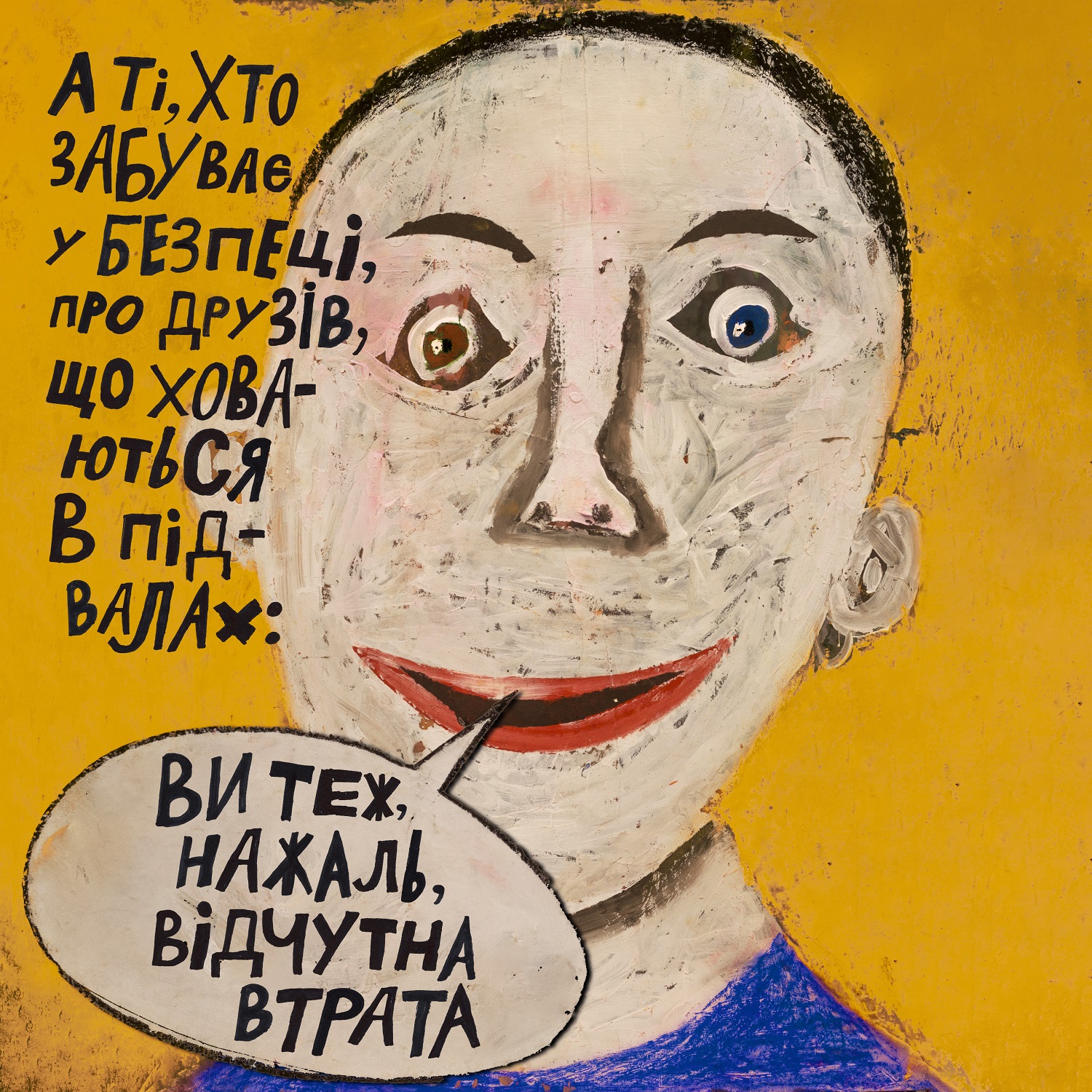
‘And those who, while in safety, forget their friends hiding in the cellars: you also are, alas, a heavy loss’
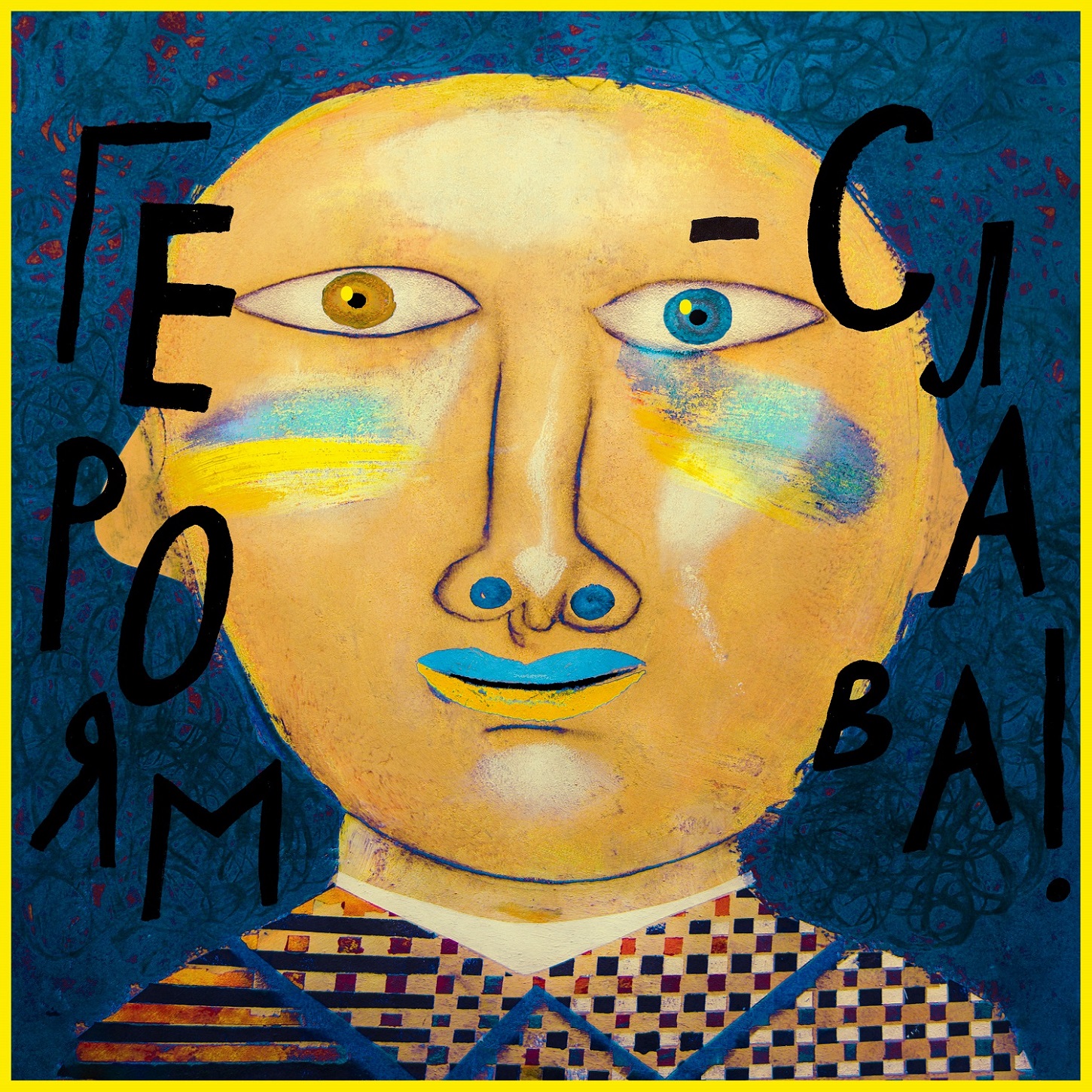
‘Glory to the Heroes!’

‘Get back to where you came from, ugly war’
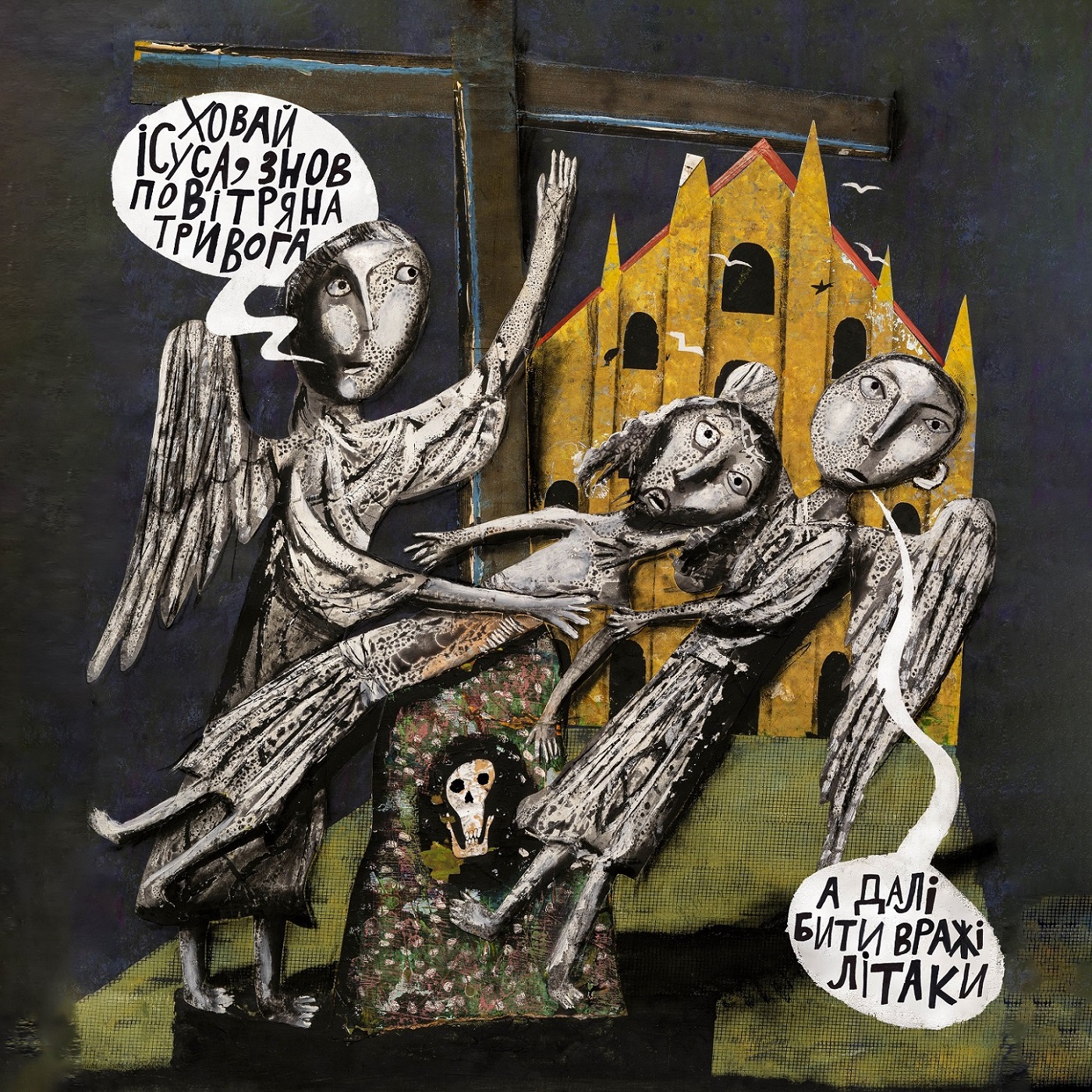
‘Hide Jesus, the air raid alert is on again. And then the enemy’s planes attacked’
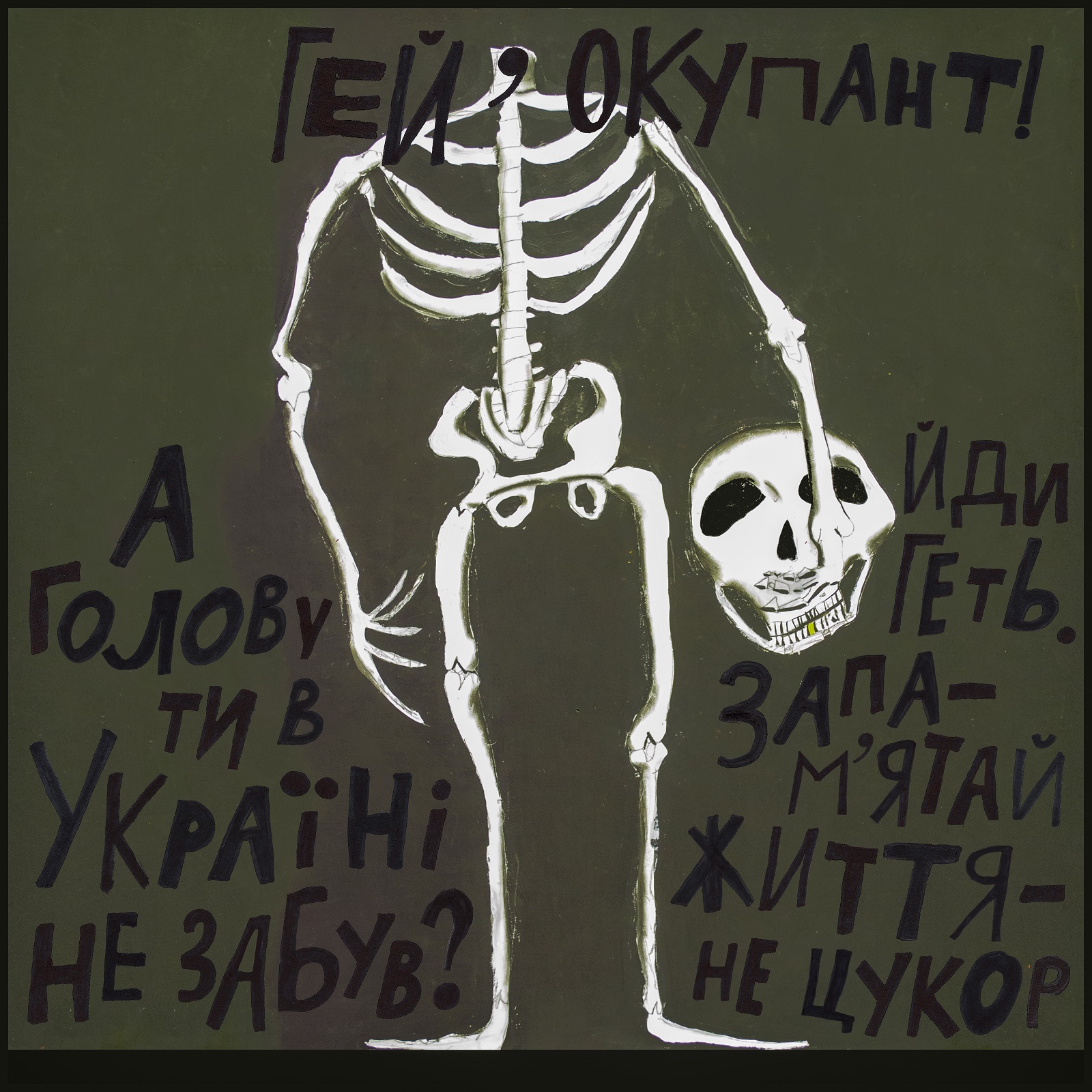
‘Hey, invader! Didn’t you forget your head in Ukraine? Go away. Remember, life isn’t sweet as sugar.’
As the full-scale Russian invasion was launched, the teachers found most of these works to be quite topical. So they decided to resume the project, adding to the old child paintings new poetic captions related to the day-to-day war events. It turned out to be sort of a wartime diary. The ‘What I See’ project will run until Ukraine’s victory in the war, as is claimed by the studio founder.
Aza Nizi Maza plans on holding the poster exhibition on the facade of the destroyed Kharkiv school. One of the works in the series – a painting by Dan Rodionov, 10 (on the cover) – is already placed on a billboard in Lviv within the initiative «Ми тут арт» (‘We are art here’). It unites Ukrainian artists who carry on making art as the war rages on.
Already made child paintings are complemented with the signs relating to the day-to-day war events. The project will last until Ukraine wins.

‘It’s not romantic. This is me in a bomb-shelter’

‘This spring is as it is, the smell of victory is in the air’

‘The war is darkness, I was robbed of the sky’
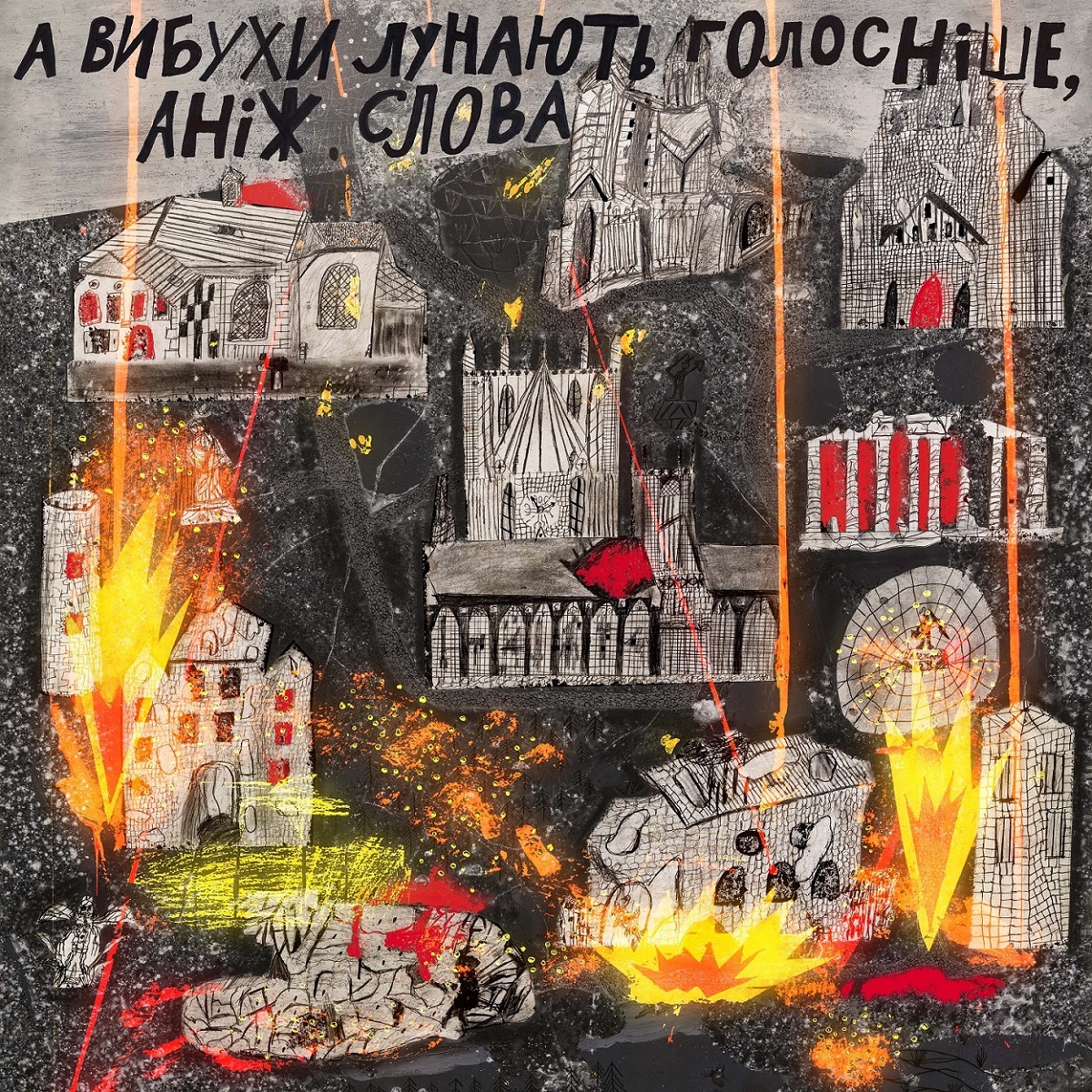
‘And explosions sound louder than words’
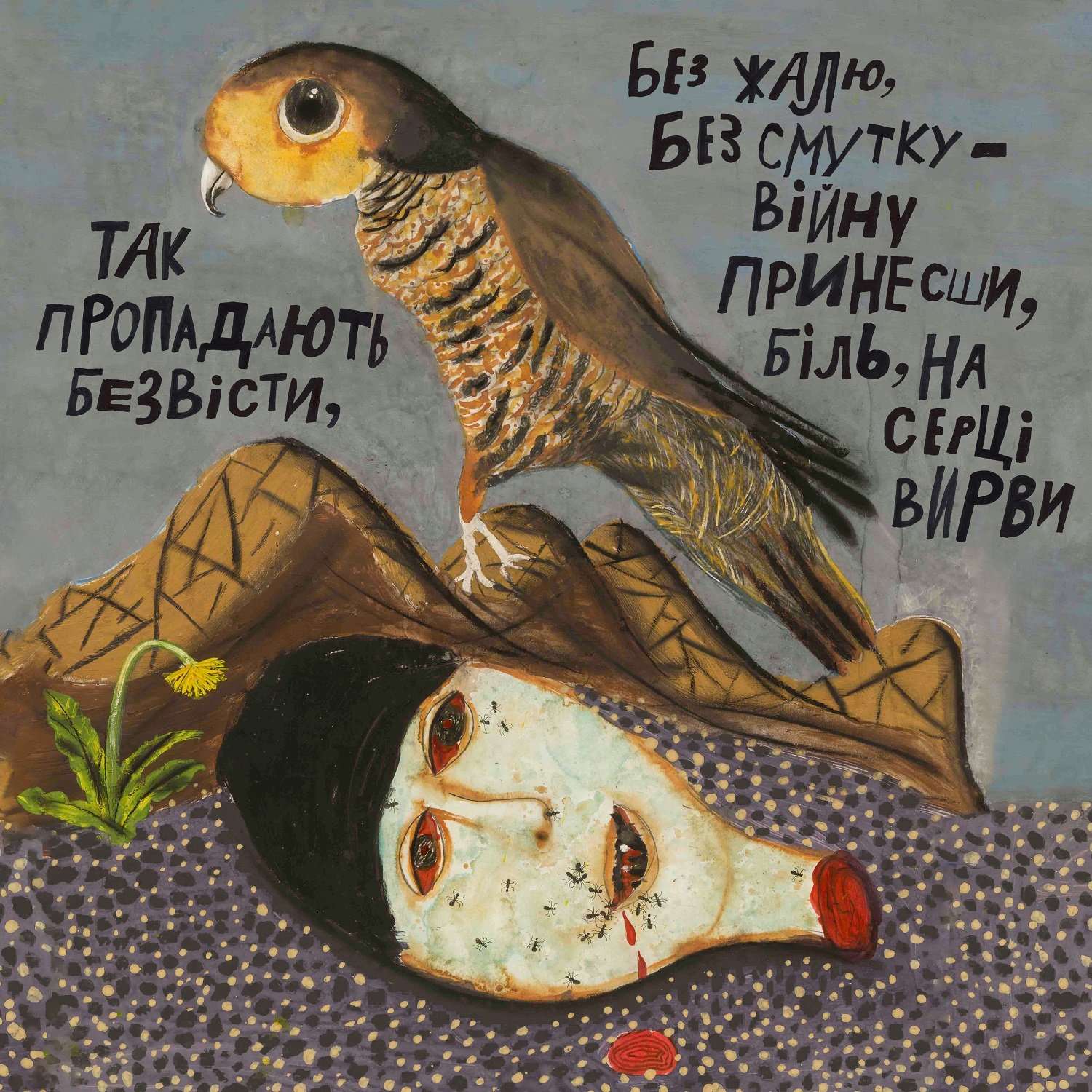
‘That’s how to disappear without a trace, sans pity, sans sorrow – by bringing war, and pain, and holes in heart’
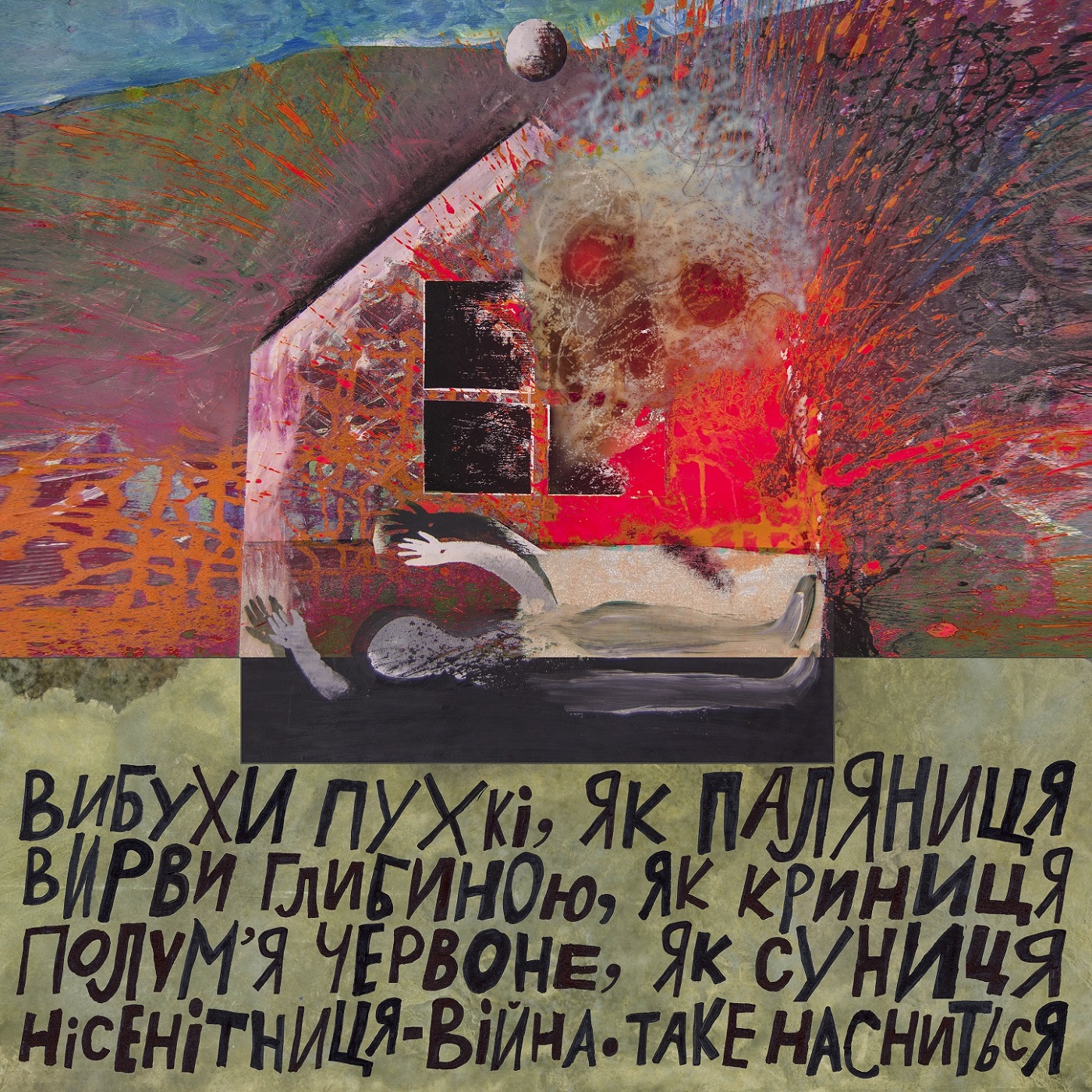
‘The explosions are plump as a palianytsia The cavities are as deep as a well The flame is bright red like a strawberry The war is absurd. What a bad dream’
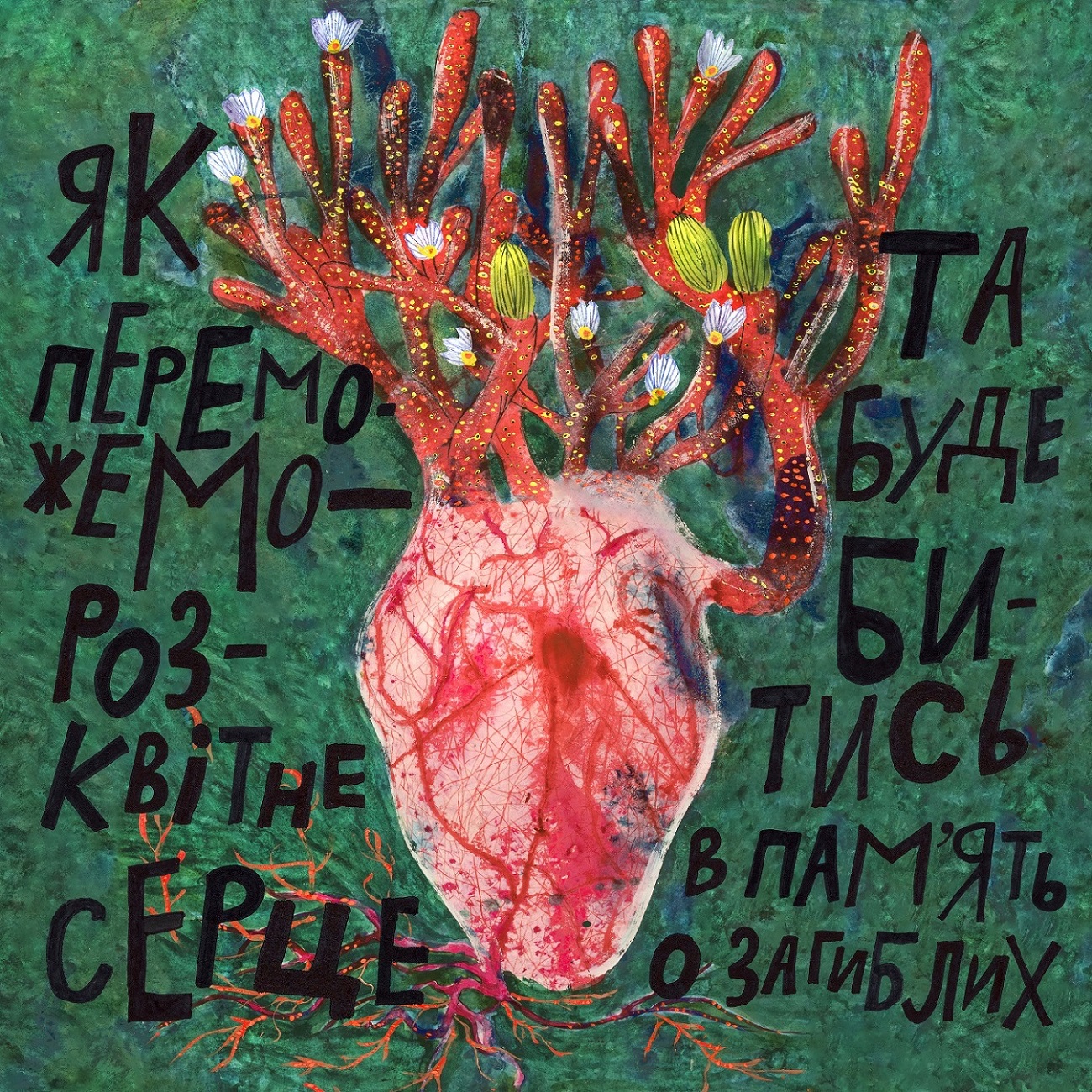
‘When we win – the heart will bloom, and it will beat in memory of the deceased’

‘And after the victory one can organize a victorious picnic Laugh – victoriously Cry – victoriously’
All pictures have been provided by Aza Nizi Maza studio
New and best




